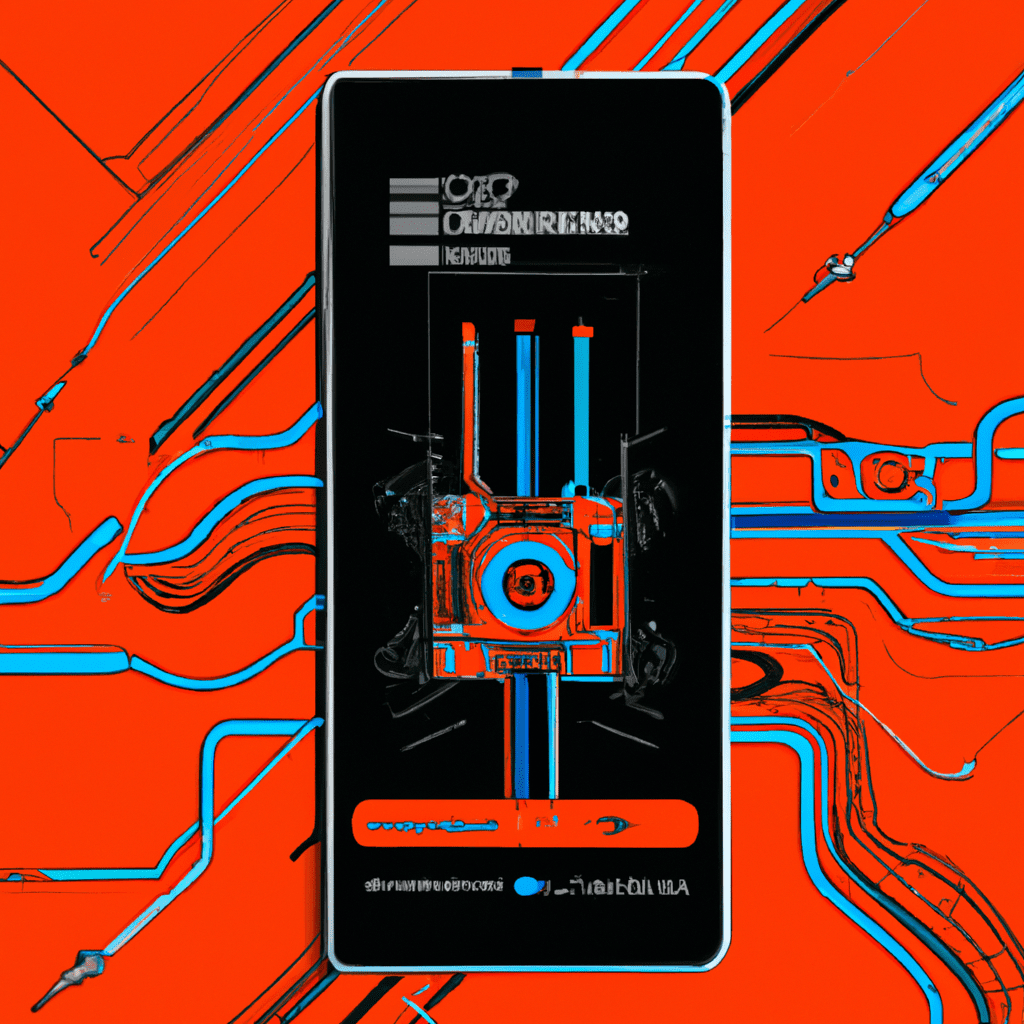Xiaomi’s Game-Changer: The New In-House Flagship Chipset, Xring O1 – Shlok’s Automation
In the ever-competitive world of smartphones, Xiaomi has made another significant stride. The Chinese tech giant has just unveiled its own in-house flagship chipset, like Apple, called Xring O1. This is a noteworthy move, bringing Xiaomi into the exclusive club of smartphone manufacturers that produce their own proprietary chips, a club which includes industry heavyweights like Apple and Samsung. In this post, we’ll delve into this exciting development and discuss what it means for the future of Xiaomi and the smartphone industry.
What is Xring O1?
Xring O1 is Xiaomi’s first in-house developed mobile chip, representing a significant leap in the company’s technological prowess. Before Xring O1, Xiaomi, like many other smartphone manufacturers, relied on third-party chipsets from companies such as Qualcomm and MediaTek. With the introduction of the Xring O1, Xiaomi will gain a higher degree of control over its hardware and software integration, potentially leading to more efficient and powerful devices.
The Xring O1 is expected to offer high performance, energy efficiency, and advanced AI capabilities. This comes as no surprise, as Xiaomi has been investing heavily in research and development to ensure their foray into the chipset world is a successful one.
Why is this a Big Deal?
Greater Control Over Hardware and Software
Producing its own chipset gives Xiaomi more control over the design, functionality, and performance of its devices. This control can lead to a more seamless integration between the hardware and software, potentially resulting in better overall performance, longer battery life, and a more fluid user experience.
Apple has long benefited from this level of integration, with its proprietary A-series chips allowing for impressive performance optimization in its iPhone and iPad lines. With the Xring O1, Xiaomi can now explore similar advantages.
Cost and Supply Chain Advantages
Having its own in-house chipset can also give Xiaomi more control over its supply chain and costs. Relying on third-party chip manufacturers can lead to supply constraints, especially during periods of high demand or global chip shortages, like the one we’re experiencing now.
By producing its own chips, Xiaomi can insulate itself from these supply chain issues to a certain extent. Furthermore, in-house chip production could potentially lower the manufacturing costs of Xiaomi devices in the long run, which could either boost the company’s profit margins or allow it to offer its devices at more competitive prices.
The Road Ahead
The introduction of the Xring O1 marks a significant milestone in Xiaomi’s journey. However, it’s important to note that designing and manufacturing a proprietary chipset is a complex and costly venture. The success of Xiaomi’s venture into chip manufacturing will depend on how well the Xring O1 performs in real-world conditions, and how effectively the company can scale up its chip production.
However, if Xiaomi can successfully navigate these challenges, the Xring O1 could be a game-changer, not just for the company, but for the entire smartphone industry. The introduction of another player in the world of chip manufacturing could increase competition and innovation, leading to better and more affordable devices for consumers.
Conclusion
The unveiling of Xiaomi’s in-house flagship chipset, Xring O1, is undoubtedly an exciting development in the smartphone industry. It brings Xiaomi on par with industry giants like Apple and Samsung, who have been designing their own chips for years.
While it remains to be seen how successful Xiaomi’s venture into chip manufacturing will be, one thing is certain: the introduction of the Xring O1 marks the beginning of a new chapter in the company’s history, a chapter that could redefine its future and potentially shake up the entire smartphone industry. Only time will tell the true impact of this bold move, but for now, all eyes are on Xiaomi.
Anurag Dhole is a seasoned journalist and content writer with a passion for delivering timely, accurate, and engaging stories. With over 8 years of experience in digital media, she covers a wide range of topics—from breaking news and politics to business insights and cultural trends. Jane's writing style blends clarity with depth, aiming to inform and inspire readers in a fast-paced media landscape. When she’s not chasing stories, she’s likely reading investigative features or exploring local cafés for her next writing spot.






